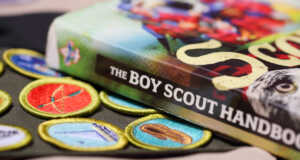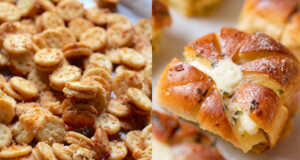The correct handling of pasta and noodles during the cooking process can be the difference between a delightful food creation and a culinary disaster.
Do you know the right times to rinse pasta to maximize the taste, flavor, and make up of your dishes?
Below you’ll find some simple tips on when and how to rinse pasta and noodles to ensure your meal reflects the effort you put into making it.
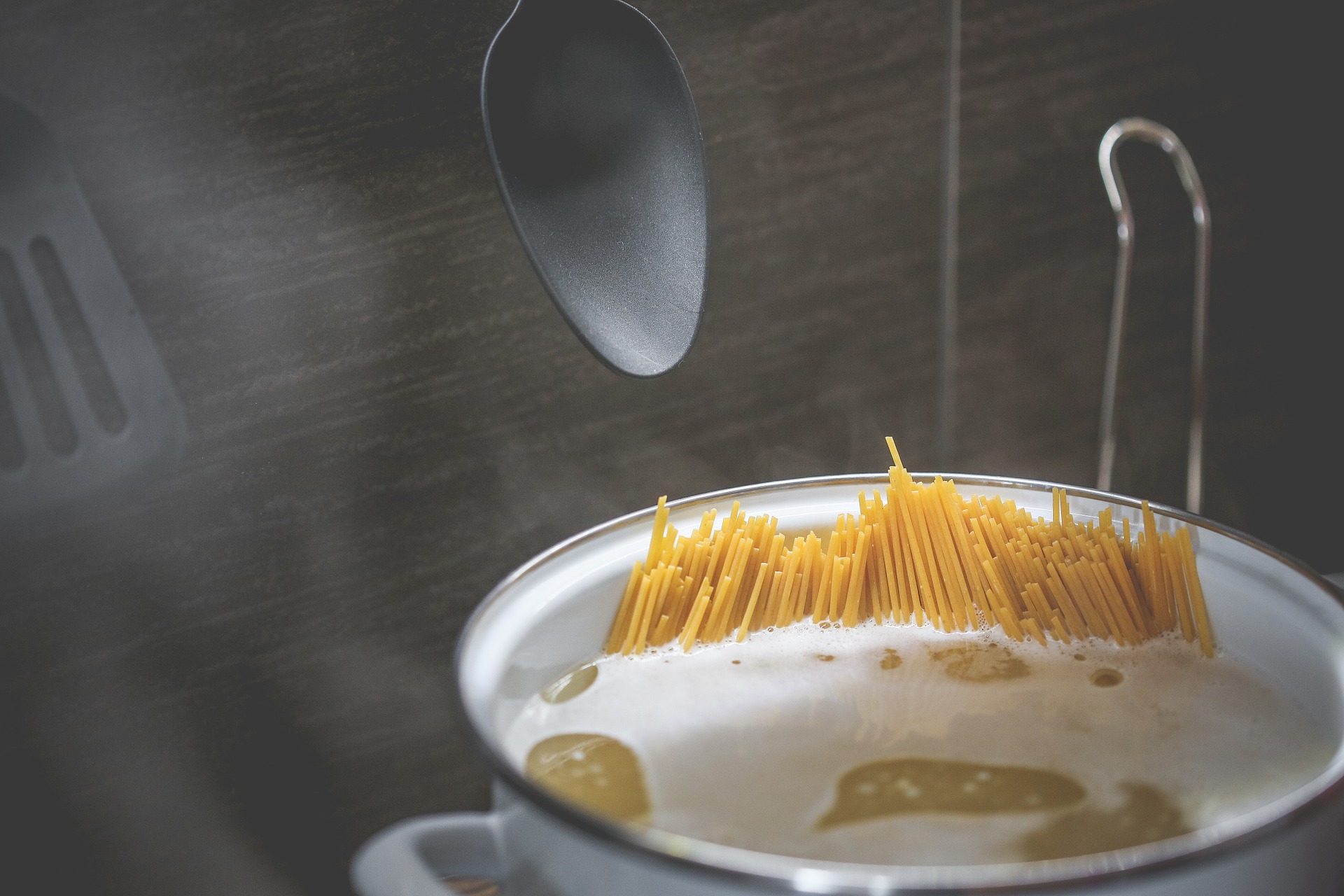
Rinsing pasta
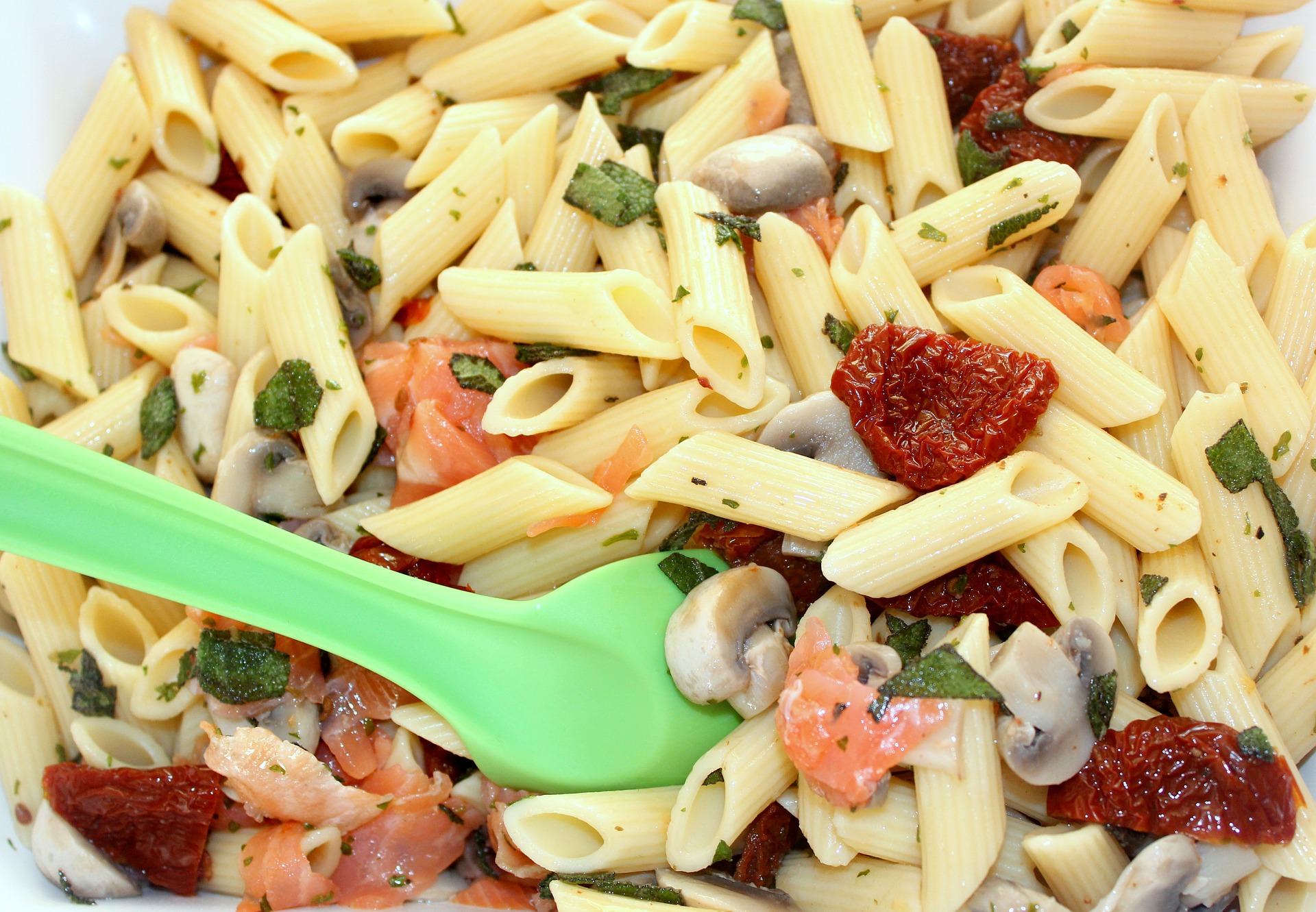
In general, rinsing your pasta after cooking is a no-no. Retaining starch is important for helping emulsification (thickening) and to perfectly combine your sauce with the pasta. I also highly recommend adding some of the starchy pasta water to your sauce to help it bind more beautifully on the plate (and avoid the watery collection you sometimes get).
The only time I recommend rinsing pasta is for cold-served pasta dishes, or when served as a side without sauce. Rinsing pasta in cold water straight after boiling it halts the cooking process. Your pasta will maintain the optimal consistency instead of continuing to cook while resting or being mixed with other ingredients, which is ideal for that creamy pasta salad or pesto dish.
If the pasta you’ve cooked has stuck together or glugged up for some reason and you need to free it up, try running some olive oil through it, or better yet, start again, making sure to stir the pasta in the first couple of minutes and to twist your saucepan while it boils.
Using olive oil in the boiling water also helps keep the pasta from sticking together, however, it has a severe impact on binding your sauce, so make sure you’re aware that the oil and water will keep elements separate.
I found the following clip from Ethan Chlebowski breaks down some excellent tips for cooking pasta.
Rinsing Asian Noodles
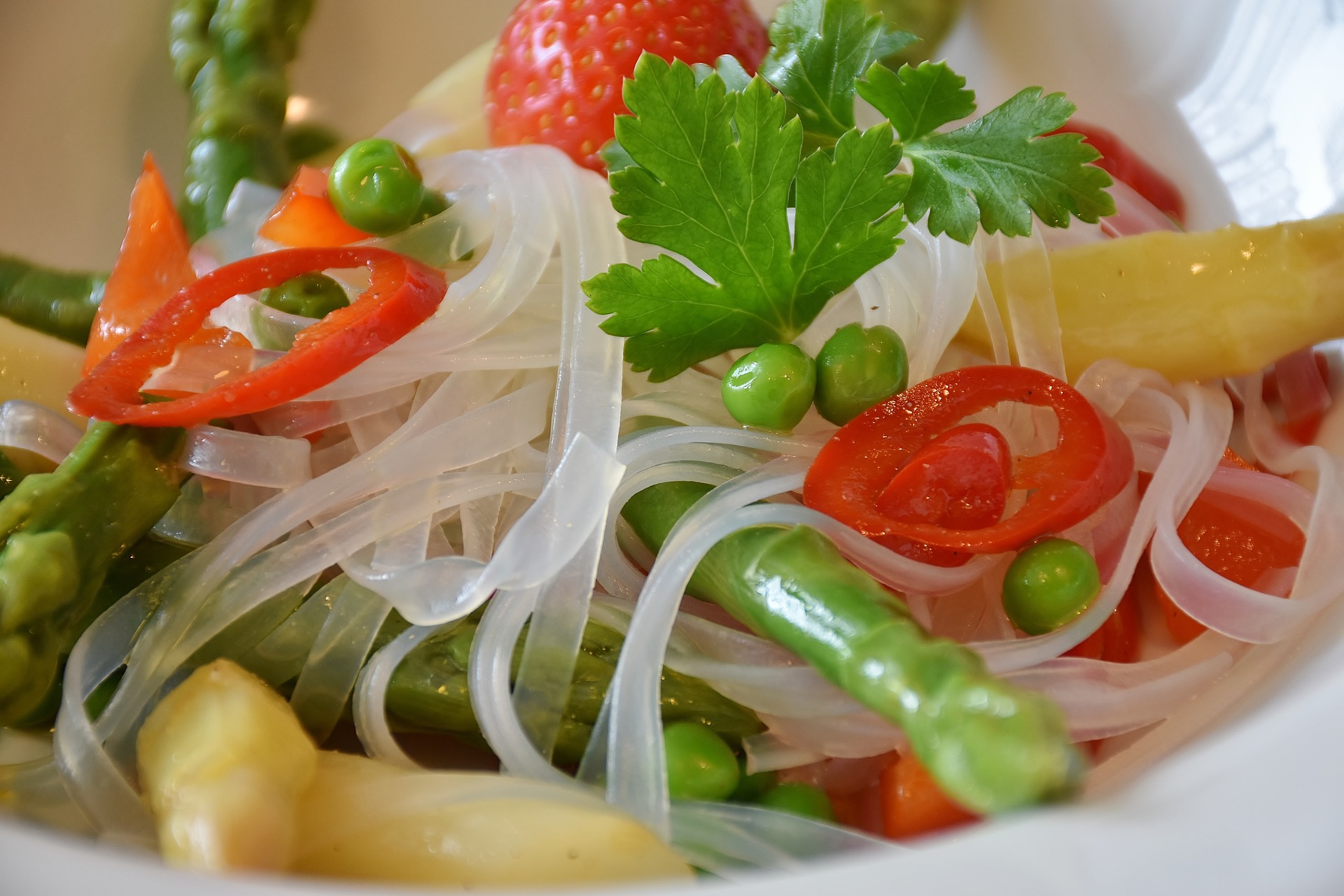
Using noodles is fantastic when you get things right, however having them stick together or get too gluggy does happen, turning a potentially brilliant dish into something stolid and uninspiring.
Rinsing Asian style noodles both pre-and post boiling is far more prevalent due to their wider array of styles, textures, and functions across dishes, from stir fries and curries to cold salads and noodle rolls.
Pre-rinsing may sometimes be difficult – especially when you are time-poor, hungry, or both – but it’s no secret that pre-rinsing can make different noodles easier to cook effectively while substantially lowering the odds of a gluggy disaster you can’t fix.
If your noodles are going to be served cold or at room temperature, rinsing them deftly in cold water straight after boiling is a simple and effective way to not overcook them.
Often, chefs will dunk udon, soba, or rice vermicelli noodles in iced water to make sure they have a crunchier mouthfeel and avoid a slimy texture on the palate.
This clip from Thai Australia cook and all-around legend Marion Grasby offers simple, effective advice on preparing and rinsing different noodle types to have them at their most effective.
Conclusion
Sometimes the difference between creating a successful pasta or noodle dish or butchering it can be a matter of moments. Knowing when to rinse your noodles is one important factor to consider but no more so than having a clear, effective method of preparation that follows fundamentally successful tips and processes to make life easier for you in the kitchen.

